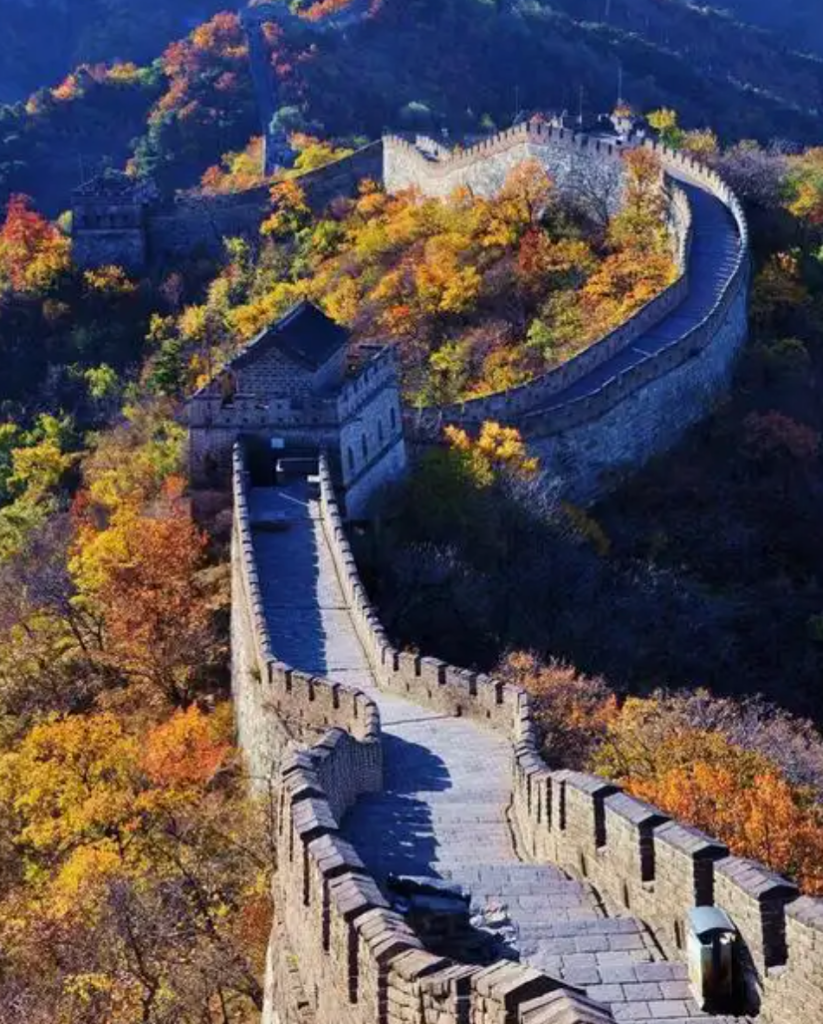The structure we know today as the “Great Wall of China” has been a symbol of China for centuries. But why did it get this name? The answer lies in its history, scale, and the role it played—all of which make the word “great” more than just a description, but a reflection of its unique place in Chinese culture and global heritage.

It Starts with “Long”: The Early Chinese Names
Before it was called the “Great Wall,” ancient Chinese people used names that focused on its most obvious feature: length. For example, in the Qin and Han Dynasties, it was often called “Changcheng” (长城) in Chinese. “Chang” means “long,” and “cheng” means “wall”—so literally, “Long Wall.” This name made sense because even the earliest sections, like the Qin Dynasty’s wall, stretched over 5,000 kilometers, a length unheard of for any other defensive structure at the time.
Back then, there was no single “Great Wall”—it was a series of walls built by different states or dynasties. But the word “Chang” (long) tied them together, highlighting their shared trait of spanning vast distances to protect borders.
From “Long” to “Great”: Recognizing Its Scale and Importance
Over time, the name shifted from just describing length to emphasizing something bigger: its “greatness” in scale, purpose, and impact. By the Ming Dynasty (1368–1644), when the wall was rebuilt and extended to over 8,800 kilometers, people started to see it as more than a long wall—it was a “great” engineering feat.
What made it “great”? First, its size: No other wall in the world was as long, as tall (up to 8 meters in some sections), or as wide (enough for 10 soldiers to walk side by side). Second, its purpose: It wasn’t just a defense against nomads—it protected trade routes (like the Silk Road), kept peace in border areas, and even shaped China’s identity as a unified nation. Third, its construction difficulty: Builders had to work on steep mountains, dry deserts, and freezing plains, using only simple tools. The fact that it was built at all, let alone lasted for thousands of years, made it “great.”
The “Great Wall” in the World
When Western travelers and historians first encountered the wall, they translated its Chinese name with respect. The English term “Great Wall” wasn’t just a direct translation of “Changcheng”—it captured the awe people felt when seeing such a massive structure. Over time, this name spread globally, and today, “Great Wall of China” is the name everyone knows.
It’s worth noting that no other wall in history has been called “great” in the same way. This name sets it apart, showing that it’s not just a building, but a symbol of human effort, persistence, and the ability to create something extraordinary.
In the end, the “Great Wall” is called “great” not just because it’s long, but because it represents something bigger: the strength of a nation, the wisdom of ancient builders, and a legacy that has stood the test of time. Every section of the wall tells a story of hard work—and that story is what makes the name “Great Wall” truly fitting.